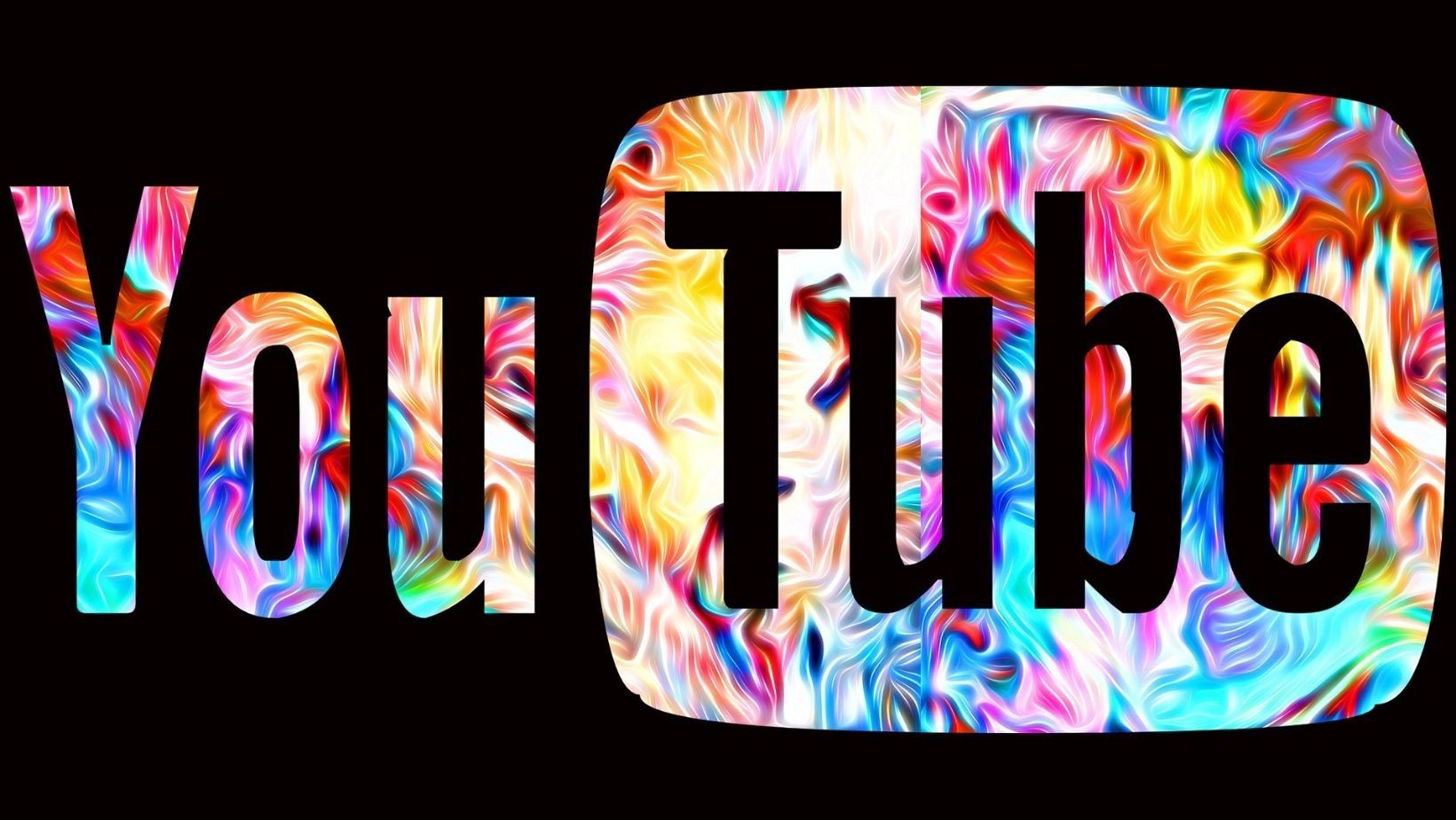
YouTube Sets New AI Content Disclosure Standards
In an era where technology's evolution is ceaseless, the digital landscape constantly adapts to accommodate newer trends, especially in AI (Artificial Intelligence). YouTube has always been at the forefront, evolving and setting trends. The latest in its series of innovative updates comes in the form of AI content disclosure requirements. This move is a testament to YouTube’s commitment to promoting transparency and authenticity across its platform.
YouTube's new policy mandates creators to disclose the use of artificial intelligence in their content creation process. This initiative aims to foster a more transparent environment where viewers can easily identify content generated with the help of AI technologies. The move is groundbreaking, as it acknowledges the rapidly growing intersection between AI and content creation, making it a pioneer among social media platforms to implement such a requirement.
For content creators, this policy introduces an additional step in the content publishing process on YouTube. Creators who utilize AI for various aspects of their content, whether for video editing, voiceovers, or entirely AI-generated videos, must now clearly disclose this usage to their audience. The implementation of this rule will likely see a varied response from the creator community, as it places the onus on them to be upfront about their content's nature.
From a viewer’s standpoint, this policy promotes a higher degree of transparency. It allows them to make informed decisions about the content they choose to consume. For some viewers, knowing that a piece of content is AI-generated might not affect their perception. However, for others, it could be a crucial factor in deciding whether to engage with the content or not, thus underscoring the importance of this disclosure.
Artificial Intelligence has significantly changed the content creation landscape, offering tools that enhance creativity, efficiency, and accessibility. Platforms like Descript and Canva utilize AI to streamline video and graphic design processes, respectively. Meanwhile, voice synthesis technologies enable realistic voiceovers, making content more dynamic and diverse.
AI's role isn't just limited to enhancing content quality; it also democratizes content creation. Individuals without access to professional equipment or expertise can now produce high-quality content with the help of AI, thus lowering barriers to entry in the digital content space.
However, with great power comes great responsibility. The rise of AI in content creation brings forth ethical considerations, particularly around the potential for spreading misinformation. Deepfake technology, a notorious offshoot of AI, has been used to create misleading or false content, emphasizing the need for clear disclosure and ethical AI use.
YouTube’s policy can be seen as an attempt to mitigate these risks. By requiring creators to disclose AI usage, the platform aims to curb the spread of potentially misleading AI-generated content, fostering a more trustworthy and reliable space for content consumption.
The global reaction to YouTube’s AI content disclosure requirements has been mixed. Advocates for digital transparency and ethics applaud the move, viewing it as a step forward in responsible AI usage. Conversely, some creators worry about the potential stigmatization of AI-generated content, fearing that the requirement could deter viewership.
Nonetheless, this move by YouTube could set a precedent for other digital platforms, sparking a wider conversation about the role of AI in content creation and the ethical considerations it brings. It may lead to broader regulations around AI-generated content, pushing for a more transparent digital ecosystem across platforms.
YouTube’s introduction of AI content disclosure requirements marks a significant moment in the digital content creation realm. It reflects a growing recognition of AI’s role in shaping digital content and the accompanying need for transparency. This policy could be the harbinger of a new era of content creation, one where AI and human creativity coexist in a transparent and ethical digital space.
For creators, this means adapting to a new norm where openness about AI usage is not just encouraged but required. For viewers, it promises a more transparent content consumption experience. And for the digital community at large, it sparks a conversation about the ethical use of AI in content creation.
As we navigate this new landscape, the key will be to balance innovation with responsibility, ensuring that AI serves as a tool to enhance human creativity, not replace it. YouTube's policy is a significant step in that direction, setting the stage for a future where content is not only created responsibly but consumed with a clear understanding of its origins.
